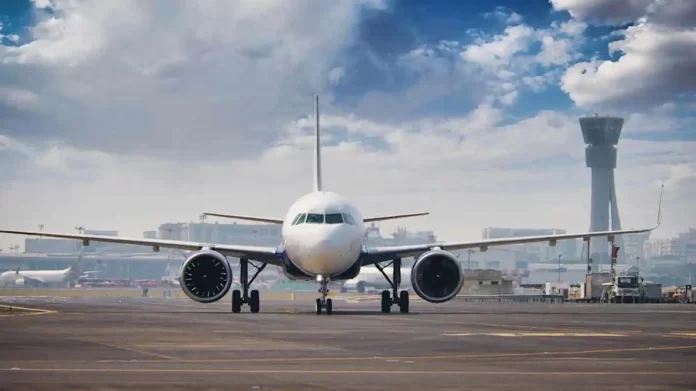The International Air Transport Association (IATA), in partnership with global management consulting firm Oliver Wyman, has sounded the alarm on the worsening crisis within the aerospace supply chain. In a new joint study titled Reviving the Commercial Aircraft Supply Chain, the two organizations warn that ongoing disruptions are delaying aircraft production, straining airline operations, and costing the global industry over $11 billion in 2025 alone.
The report paints a picture of mounting frustration among airlines as they grapple with shortages of aircraft parts, delayed deliveries, and escalating maintenance expenses. The commercial aircraft backlog has soared to a record 17,000 units in 2024, far above the average of 13,000 between 2010 and 2019. As a result, airlines are being forced to keep older, less fuel-efficient planes in service far longer than planned.
According to IATA, the consequences of this production bottleneck are severe. Carriers are burning through billions in excess fuel and maintenance costs as they continue flying aging fleets. Many have turned to leasing engines and hoarding spare parts to offset unpredictable supply chain disruptions, moves that have further inflated operating costs. The combined impact of these pressures is an estimated $11 billion loss for airlines this year, driven by soaring fuel bills, mounting maintenance demands, rising lease rates, and the expense of holding surplus inventory.
Passenger demand, meanwhile, continues to rise sharply. In 2024, global air travel demand grew by 10.4%, outpacing the industry’s capacity expansion of 8.7% and pushing average load factors to an unprecedented 83.5%. Despite the appetite for travel, airlines are unable to deploy enough aircraft to meet the surge in passengers, widening the supply-demand gap.
Industry analysts attribute these challenges to a mix of factors—from raw material shortages and tight labor markets to geopolitical instability and outdated economic models in aerospace manufacturing. IATA’s Director General, Willie Walsh, described the situation as a perfect storm with no quick fixes in sight.
“Airlines depend on a reliable supply chain to operate and grow their fleets efficiently,” Walsh said. “Now we have unprecedented waits for aircraft, engines, and parts, along with unpredictable delivery schedules. Together these have sent costs spiraling and limited the ability of airlines to meet consumer demand. There’s no simple solution, but greater transparency and a more open aftermarket could bring some relief.”
Walsh emphasized that allowing airlines more access to maintenance, repair, and parts services outside of restrictive manufacturer licensing models could help reduce bottlenecks. He also called for increased data sharing across the supply chain to help airlines and manufacturers identify risks earlier and manage disruptions more effectively.
Matthew Poitras, a Partner at Oliver Wyman, echoed the sentiment, noting that while today’s aircraft are more technologically advanced and fuel-efficient than ever before, the ecosystem that supports them has failed to keep pace. “Supply chain challenges are impacting airlines and OEMs alike,” he said. “We see an opportunity to improve performance across the system, but it will require collective action and transparency from all players.”
The report concludes that overcoming the crisis will demand deep collaboration across the industry—from original equipment manufacturers and suppliers to lessors and airlines. Only a coordinated, data-driven approach, experts say, can restore resilience to the aviation supply chain and ensure that the industry can meet the demands of a world eager to fly again.













